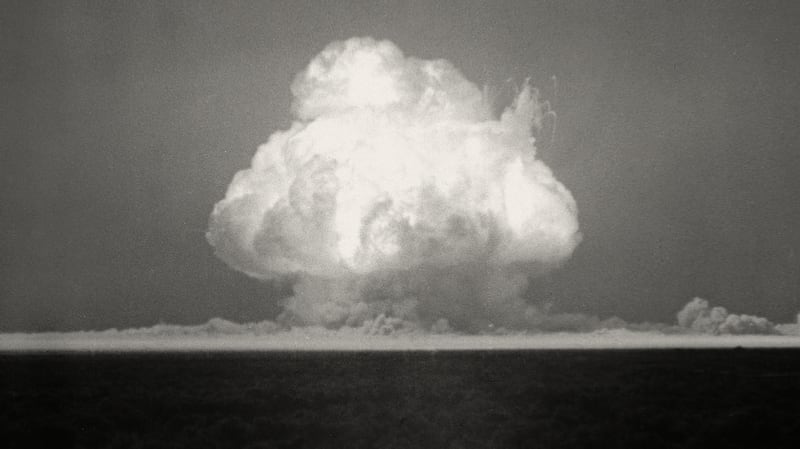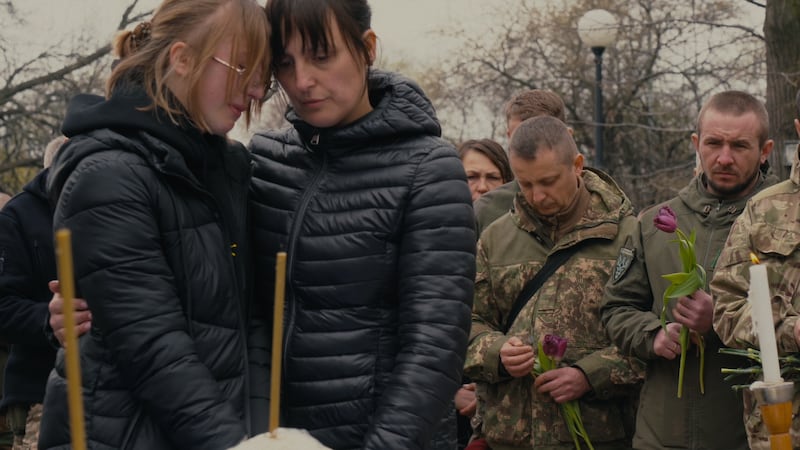There’s a belief that we have entered a second cold war, with Russia back in expansionist mode after the collapse of its empire in the 1990s.
This impressive nine-part, 10-hour-plus series sets out in scale and detail its theory that we have come full circle from the collapse of the Berlin Wall.
The original cold war began after the end of the Second World War when the territory of Europe was divided between the democratic capitalists of the US and Western Europe and the totalitarian communists of the USSR.
The world war was ended by the only military nuclear explosions in history and within four years the Russians also had the bomb.
Thus, from 1949 the world witnessed a stalemate where direct confrontation between the two nuclear superpowers would guarantee mutual destruction.
Instead of a hot war between the US and Russia for world domination, we had a series of proxy conflicts which touched “every continent except the Antarctic”.
We came closest to nuclear war in Korea and Cuba but then settled into a depressing pattern in the battle for control in the 1970s and 80s with regional wars in Asia, South America and Africa.

Turning Point opens with Nato exercises in the Baltic states in 2022 shortly before Putin’s invasion of Ukraine.
The Russian president bristles at the expansion of US and Western Europe, through Nato, into what he sees as Russia’s zone of interest and after partial occupations of his neighbour, decides to go for a full-scale invasion in February 2022.
It was the first challenge to US hegemony by a nuclear armed foe since the 1980s.
Turning Point takes us through the extraordinary times following the defeat of Japan and Germany when the fear of the world ending in a thermo-nuclear flash was a constant backdrop to all decision-making.
It’s a captivating lesson on the history of the world in the last 80 years.
It begins with the extraordinary resistance of the Japanese at Okinawa and a decision to use the atomic bomb rather that lose more young Americans in a ground invasion.
For fans of the Oppenheimer movie, we see and hear from the real scientist and are taken through the Manhattan project in detail.
Next, we get Stalin’s murderous rule, the division of Berlin, the intelligence and espionage war, the fall of the wall and the release of the Iron Curtain states from communism.
Then it’s into the 1990s where a weakened Russia negotiates an effective surrender with the US and we see the gradual break-up for the USSR, as its republics, including Ukraine, seek independence.
Finally, it deals with the rise of Putin, bringing growing authoritarian order from the chaos of Russia and finishing with the first months of the invasion of Ukraine.

If this sounds too much like A-level history, it mightn’t be the series for you, but I suspect if you give it a go you’ll be captivated.
So, do we have Cold War part 2?
Perhaps. We certainly have a cold confrontation between the US and Russia, with the West restricting itself to supporting and supplying Ukraine but stopping short of direct engagement.
But Russia is not the force it was and the biggest challenge to the US is China, whose stratospheric economic growth in the last two decades means it can afford a military to worry the Pentagon.
And the battle between economic models is over. It was decisively won by capitalism as citizens demanded washing machines and luxury cars over the collective austerity of the Warsaw Pact countries.
If there is a Cold War 2, it will be an even more complicated one, with the US and its democratic allies on one side facing off against China, Russian, North Korean and Iran.








